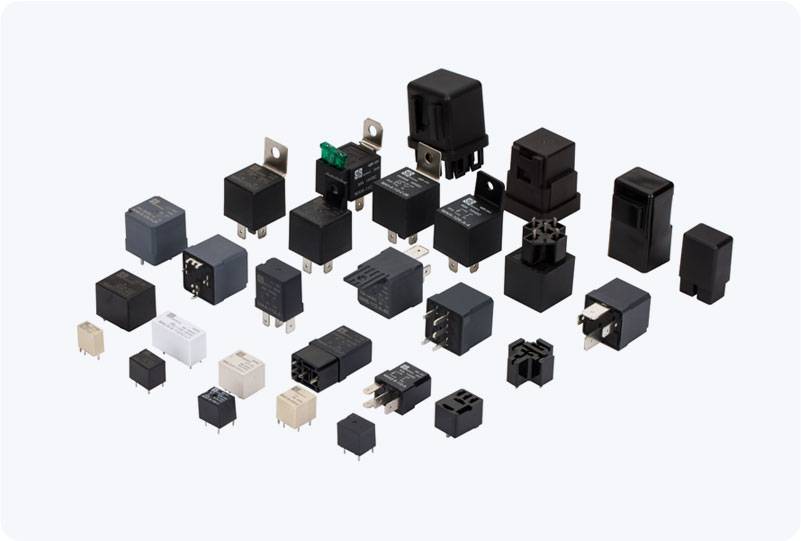understanding the role of supercharger relay in electric vehicle charging systems
Release time:2025-11-08 16:17:18
Supercharging technology has revolutionized the way we charge electric vehicles (EVs), offering fast and efficient solutions to long-range driving. Tesla’s Supercharger network, one of the most recognized EV charging systems globally, utilizes advanced components to ensure that charging happens seamlessly and quickly. One such essential component is the Supercharger Relay. While the name may sound technical, the Supercharger Relay plays a critical role in maintaining the safety, reliability, and efficiency of the charging process. In this article, we’ll explore the function of the Supercharger Relay and its significance in Tesla’s fast-charging infrastructure.

What is a Supercharger Relay?
A Supercharger Relay is an electronic switch used in Tesla Supercharger stations to control the flow of electricity from the charging infrastructure to the electric vehicle's battery. It acts as an intermediary between the charging station and the vehicle, helping to regulate and manage the electrical current, ensuring that the battery receives the appropriate voltage and current to charge efficiently and safely.
In essence, the relay operates as a type of circuit breaker. It automatically opens or closes an electrical circuit based on certain conditions, ensuring that the charging process proceeds smoothly. For example, when the vehicle is connected, the relay engages to allow current to flow. When the vehicle is disconnected, or there is a malfunction, the relay cuts off the power, preventing electrical hazards.

